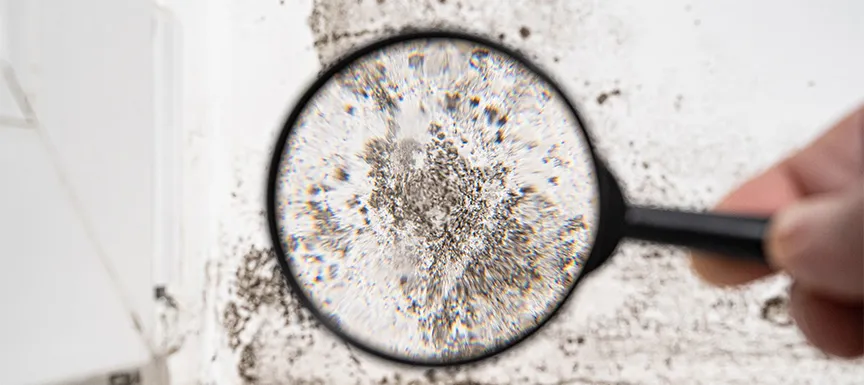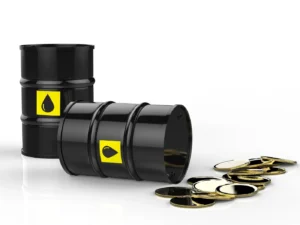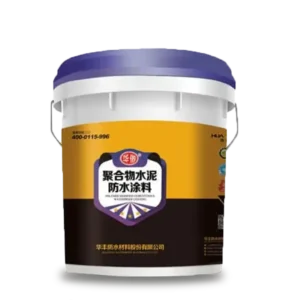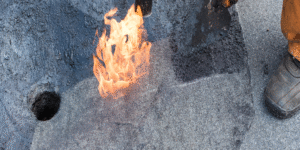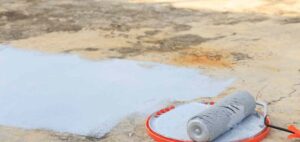Water leakage is one of the most frequent and costly problems encountered in construction. Improper installation, poor material selection, and lack of attention to structural details can all lead to waterproofing failures. This article outlines three typical causes of water leakage and provides effective prevention measures to ensure long-term performance.
1. Waterproof Membrane Bubbling
Phenomenon:
Blisters or bubbles appear after waterproofing membrane installation. These bubbles typically expand in size and number with rising temperatures.
Cause Analysis:
-
The base surface is not completely dry before installation.
-
Dust or debris remains on the base.
-
Water vapor becomes trapped under the membrane.
-
No primer is applied to the base layer.
-
Adhesive used is incompatible with the membrane.
-
Uneven coating or failure to eliminate trapped air during installation.
-
Exhaust channels are blocked.
Prevention Measures:
-
Ensure the base layer is dry using a simple inspection method before application.
-
Thoroughly clean the base surface and use a compatible primer and adhesive, verified through pre-tests.
-
Apply the primer evenly and allow it to dry fully before applying adhesive.
-
During membrane laying, press out air thoroughly and roll tightly to avoid blistering.
-
Use proper installation techniques such as strip bonding, point bonding, or loose laying to keep exhaust channels clear.
2. Cracks in the Waterproof Membrane
Phenomenon:
Water leakage occurs along visible cracks, joints, and irregular openings at the ends of precast concrete roof panels.
Cause Analysis:
-
Use of membranes with low elongation that cannot adapt to movement.
-
Absence of buffer layers or reinforcement at critical joints.
-
Incorrect installation techniques, such as excessive tension during membrane placement.
Prevention Measures:
-
Select membranes with high elongation and durability of at least 15 years.
-
Install a 300mm wide buffer layer at joint seams, especially at the ends of precast panels.
-
Avoid stretching membranes too tightly; in hot weather, allow for expansion.
-
For existing cracks, cut along the crack line using a cutting tool. If the base layer has no separation seam, cut one 20mm wide, fill it with flexible sealant, and overlay with a 200mm buffer strip followed by a 350mm fully adhered membrane.
These methods significantly reduce the risk of water leakage due to membrane cracking.
3. Leakage at the Base of the Parapet Wall
Phenomenon:
Hollowing and cracking occur at the inner corner where the parapet wall meets the roof, allowing rainwater to seep inside. The top of the parapet may also crack, or the gable wall may bulge outward, leading to severe water leakage.
Cause Analysis:
-
No expansion joints between the rigid waterproof layer and the parapet wall.
-
Lack of arc-shaped transitions at internal corners.
-
Improper sealing of membrane ends.
-
Cracks in parapet masonry or gable wall due to thermal expansion and contraction.
Prevention Measures:
-
Leave a 30mm expansion joint between the roof leveling layer and the parapet wall. Fill it with flexible sealant.
-
Apply an arc-shaped mortar cove at the base of the parapet.
-
If the parapet is higher than 800mm, leave a groove to insert the end of the membrane, fix with nails, and seal with mortar or appropriate sealant.
-
For parapets lower than 800mm, lay the membrane directly over the top and protect with reinforced concrete.
-
If no joint was left initially, cut a 20–30mm groove along the wall, fill it with flexible sealant, and repair any cracks using grout. Severely damaged parapets should be rebuilt.
By addressing these key areas, the potential for water leakage in construction can be significantly minimized.
For more information or to inquire about our waterproofing solutions and waterproof floor paint products, feel free to get in touch with us. We’re here to help!
- Phone: +86 138 6365 6701
- Email: Huafengwaterproof@gmail.com
- WhatsApp: +86 138 6365 6701
We look forward to assisting you with all your waterproofing needs!
